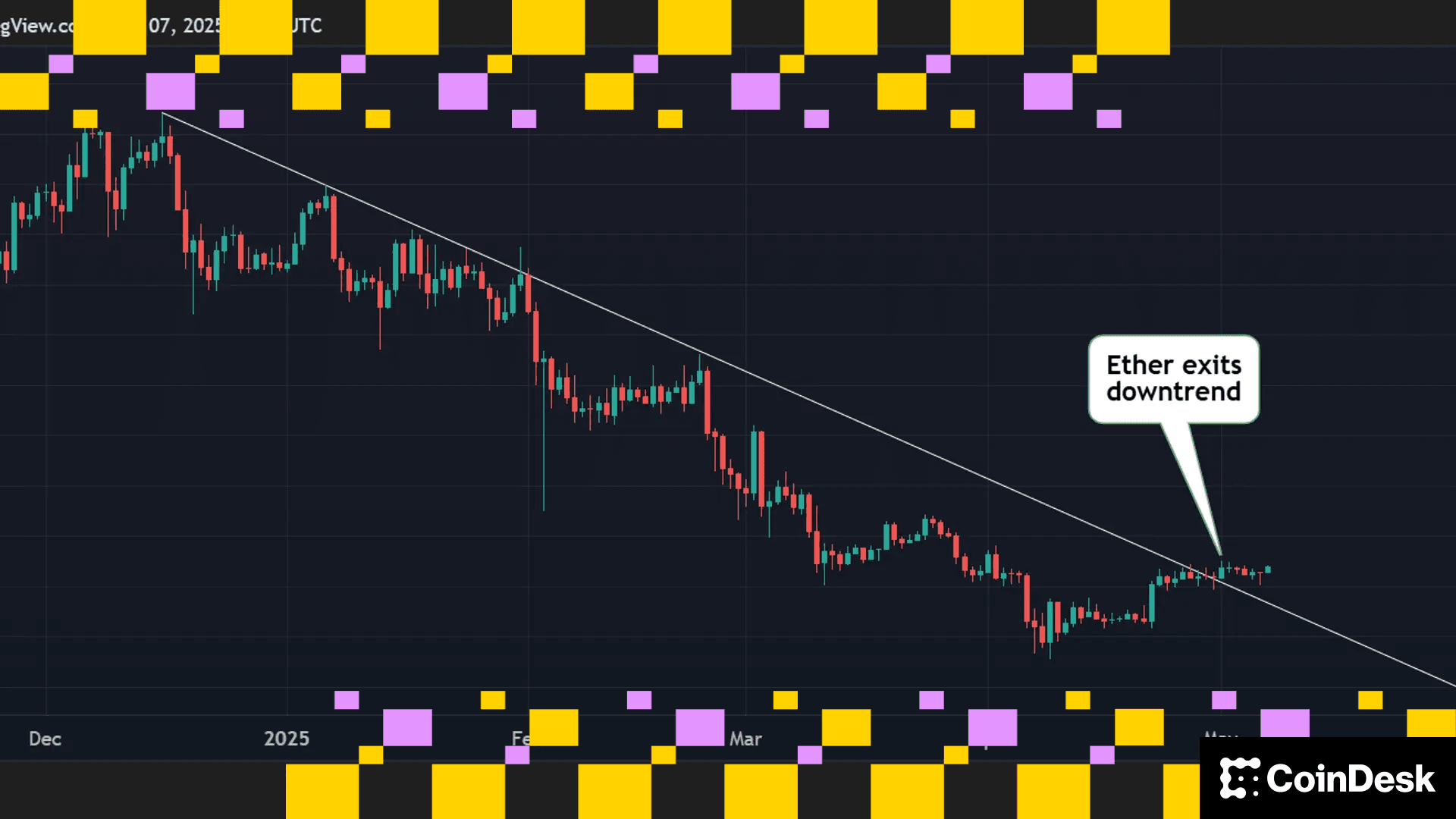Bitcoin Venture Capital Is Anything but Boring: Crypto Long & Short
Bitcoin Core's methodical development fuels the idea that “nothing is happening on Bitcoin,” but innovation is actually robust.

The Bitcoin ecosystem’s venture capital (VC) scene is more robust than you might realize, something we just reviewed at length in a research report. In fact, 2022 was a flagship year. Seed transactions were 133% higher last year versus 2021. There was 70% growth in total companies funded.
A select cohort of Bitcoin startups has “graduated” to the Series B stage or later, so the high growth in seed deals hints at potential early maturation of the ecosystem.

You’re reading Crypto Long & Short, our weekly newsletter featuring insights, news and analysis for the professional investor. Sign up here to get it in your inbox every Wednesday.
Bitcoin VC grew while crypto VC stagnated
Crypto spot markets declined significantly since the November 2021 peak. In the aftermath, the overall crypto VC deal count effectively stagnated. Meanwhile, in contrast to that, Bitcoin VC emerged as a growth category, with 52.9% year-over-year growth.

Yet, a severe misallocation of capital remains
The purposeful and conservative approach to making changes to Bitcoin Core has given rise to the narrative that “nothing is happening on Bitcoin,” but the data shows that innovation across the Bitcoin stack has begun to accelerate in recent years. We expect innovation to flourish in the years to come, but for now, the market gap is highly significant. Just 1.31% of total 2022 crypto venture funding was invested in Bitcoin startups.

Building on the money: Methodical, but with step-function changes
Trammell Venture Partners (TVP) believes Bitcoin has “already won the battle to be the internet's base monetary layer,” noting some key distinctions. Namely, the Mark Zuckerberg ethos of “move fast and break things” is unsuitable when building a decentralized, global monetary network. Bitcoin Core development is rightfully methodical. That doesn’t mean it’s stagnant.
The Segregated Witness soft-fork activated in 2017 was a technical prerequisite for the Lightning Network, which has in turn grown to a capacity that has unleashed a subsequent wave of innovation. Similarly, Taproot (activated in November 2021) sets the stage for another wave. Of note is Lightning Labs’ Taproot Assets Protocol (TAP), facilitating asset issuance directly on the Lightning Network. If successful, TAP would allow the multi-asset reality to not only exist natively on the Bitcoin stack but also inherit the Lightning Network’s speed, very low cost and settlement finality.
Bitcoin’s careful development has begun to pay dividends. As the composability on the Bitcoin stack expands, TVP believes entrepreneurs will increasingly choose to build their business on the most secure, decentralized, mature platform possible: Bitcoin. And for the readers who keep hearing that nothing is happening on Bitcoin … don’t sleep on the internet of money.
Note: The views expressed in this column are those of the author and do not necessarily reflect those of CoinDesk, Inc. or its owners and affiliates.
More For You
Exchange Review - March 2025

CoinDesk Data's monthly Exchange Review captures the key developments within the cryptocurrency exchange market. The report includes analyses that relate to exchange volumes, crypto derivatives trading, market segmentation by fees, fiat trading, and more.
What to know:
Trading activity softened in March as market uncertainty grew amid escalating tariff tensions between the U.S. and global trading partners. Centralized exchanges recorded their lowest combined trading volume since October, declining 6.24% to $6.79tn. This marked the third consecutive monthly decline across both market segments, with spot trading volume falling 14.1% to $1.98tn and derivatives trading slipping 2.56% to $4.81tn.
- Trading Volumes Decline for Third Consecutive Month: Combined spot and derivatives trading volume on centralized exchanges fell by 6.24% to $6.79tn in March 2025, reaching the lowest level since October. Both spot and derivatives markets recorded their third consecutive monthly decline, falling 14.1% and 2.56% to $1.98tn and $4.81tn respectively.
- Institutional Crypto Trading Volume on CME Falls 23.5%: In March, total derivatives trading volume on the CME exchange fell by 23.5% to $175bn, the lowest monthly volume since October 2024. CME's market share among derivatives exchanges dropped from 4.63% to 3.64%, suggesting declining institutional interest amid current macroeconomic conditions.
- Bybit Spot Market Share Slides in March: Spot trading volume on Bybit fell by 52.1% to $81.1bn in March, coinciding with decreased trading activity following the hack of the exchange's cold wallets in February. Bybit's spot market share dropped from 7.35% to 4.10%, its lowest since July 2023.
More For You











